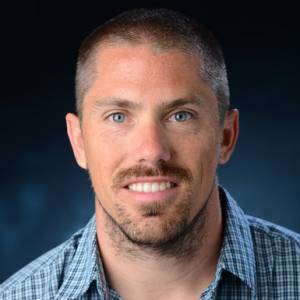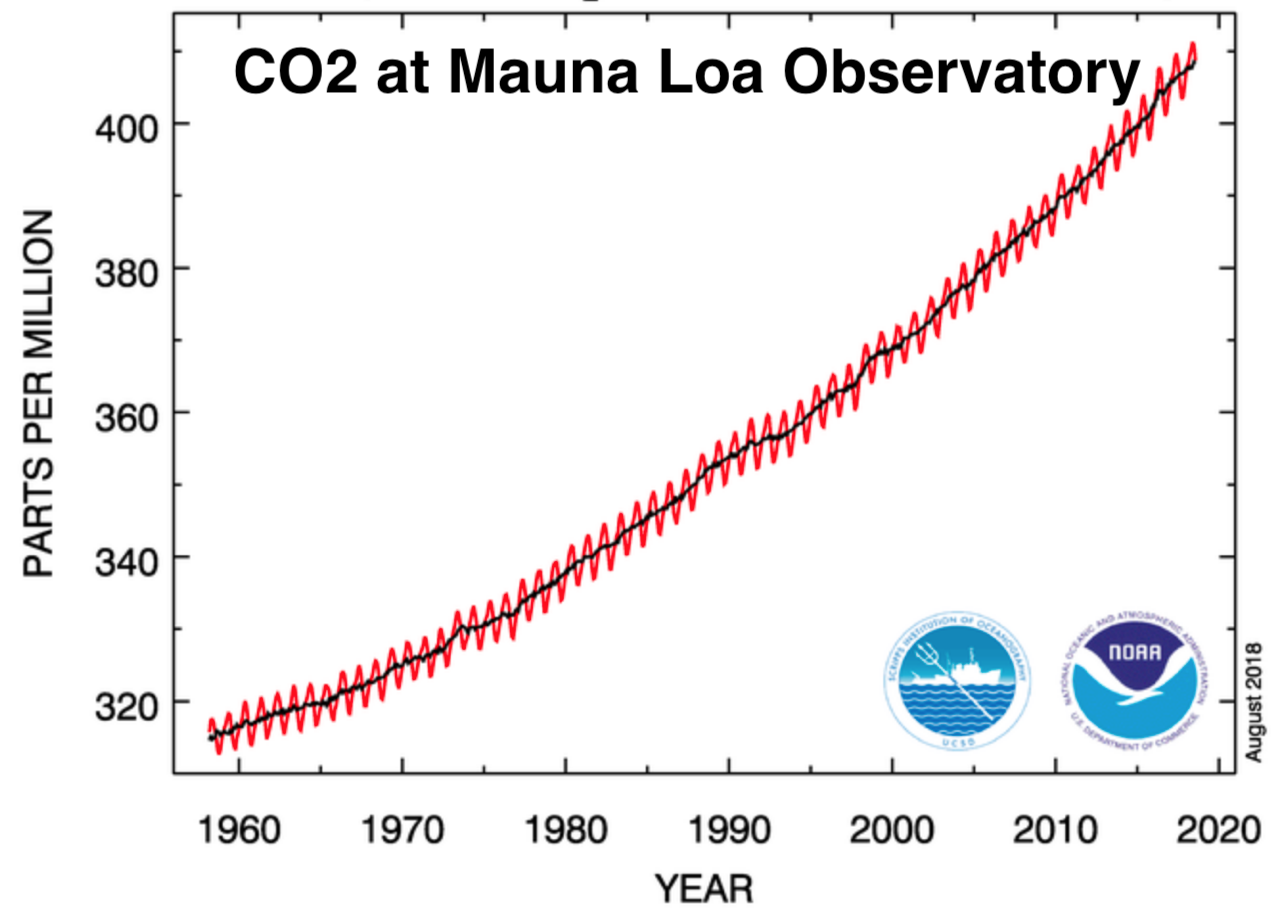The podcast of the University of Colorado Consortium for Climate Change and Health
Episode 2: Climate Science 101, Part 2
Jake and Cam continue their crash course in climate science with Dr. Kris Karnauskas.
Biography:
Dr. Karnauskas earned his Ph.D. in atmospheric and oceanic sciences from the University of Maryland-College Park followed by a postdoctoral fellowship in Ocean and Climate Physics at Columbia University. He is currently a fellow of the Cooperative Institute for Research in Environmental Sciences, an Associate Professor in the Department of Atmospheric and Oceanic Sciences at the University of Colorado Boulder, a member of the CU Consortium for Climate Change and Health, and a father of two kids.

Episode Highlights:
Dr. Karnauskas explains the term “scientific uncertainty” in the context of climate models. We illustrate his points below:

The graph on the left shows over 1000 global CO2 emissions pathways to the year 2100, and originally appeared in a paper by Fuss et al. (2014) that is linked in the shownotes. It is tough to decipher, but its tangle of lines illustrates the uncertainty that arises when we cannot know what our future emitting behaviors will be like. Each line represents a different emissions pathway to the end of the century, and was produced by a different computer model. While all the models run the same “experiment”, each model uses different parameters (e.g. will we implement global-scale carbon capture and storage technology?) and therefore deviates from other predictions. These differences between the different model predictions comprise part of that “uncertainty” that Dr. Karnauskas talks about.

On the left is a simpler illustration of “uncertainty”, using a figure adapted from the IPCC 5th Assessment Report. In this figure, future temperature is projected in two different emissions scenarios. “Scientific Uncertainty” is captured by the error bars and refers to the fact that we do not know everything about how our climate system works, and therefore cannot model it perfectly (although we can do a pretty good job). “Future Uncertainty” refers to the fact that we do not know how humans will behave in the coming decades.
We can even apply these computer models to the past and run two scenarios–one in which humans exist, and one in which we do not exist–and see if the models produce the same warming and global CO2 rise that we are witnessing today. As you might expect, they do not. Below is an illustration from the IPCC AR5 report. The blue lines represent global warming pathways without humans, and the pink lines represent global warming pathways that take into account human-produced greenhouse gases. We are the problem, check it out:
Finally, Dr. Karnauskas shared a few more important teaching points about CO2, including how we are able to know CO2 levels going back hundreds of thousands of years (ice cores and sea floor mud), and how we know that the current and ongoing CO2 rise is unprecedented.

Dr. Doug Clark and his team drilling ice cores, which can give us a snapshot of atmospheric CO2 levels long before human civilization as we know it.
Further info on ice cores, what information they contain, and where they’re stored. Check it out.
With CO2 information from ice cores, we can put the current rise in global CO2 in context. Yes, CO2 in the atmosphere has cycled during previous glaciations, but the current rise is unparalleled. Take a look:
(animation credit: Dr. Kris Karnauskas)
Shownotes
background readings and resources for the interested listener:







